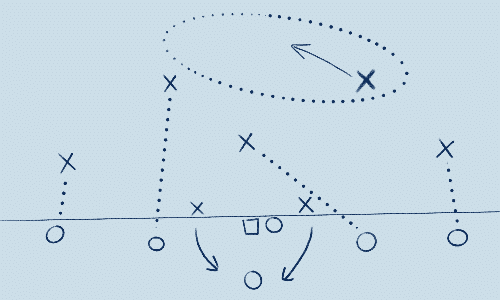Market volatility means changing perspectives
Times of market volatility, like the COVID crisis, tend to shift priorities for both people and organizations. During times of stability, modern citizens might look for ways to spend money and invest savings to increase their personal wealth or the value of their homes – but during times of instability, the priorities shift inward and those initiatives are tabled. Instead, people take a step back and begin to take a harder look at the more important (but more mundane) necessities, to shore them up for the volatile times ahead.
Financial firms are no different. Where normally firms would spend on resources or invest in new initiatives to increase revenue, or embark on a more aggressive investment strategy, COVID has forced them to look inward and ensure that the company is equipped to defend itself against the current market volatility and the longer term economic ramifications. A good defense becomes a higher priority than a good offense – and at the heart of that defense are proper data management processes.
Problems arise with market volatility
Three or four months into the crisis, problems like maintaining open communication whilst working remotely have long since been addressed; and in their place are more complex issues. In addition to the wave of corporate actions we see, and are going to see, as the market adjusts, price tolerances are an example of how teams dispersed to home locations handling data sets may have to face an unnecessarily large scale problem. If a tolerance boundary is set at a regular swing of 2%, but a major index drops by 5%, then all the securities set for a lower tolerance will show up as exceptions in the data. In a COVID market, swings that large could happen frequently – so the scattered team are putting out more fires with less access and proximity to resources. Increasing the tolerance boundary would decrease exceptions, but if that is simply a wholesale slackening of checks, i.e. not synced with the swings, what impact does that have on data quality, the P&L and subsequent trades?
While not a particularly exciting endeavor, firms need to perform a sanity check on their processes and shore them up where needed. Am I sure that genuine exceptions are being correctly flagged? Do I have data quality metrics and am I properly benchmarking against them? Can exceptions up-to a certain level be automated so that the team can focus on larger swings? In the above example, a good defense would be using a tolerance tied to movement in indexes, with only prices dropping by more than the index plus a specified margin showing up as exceptions. Such a sophisticated price tolerance can be tied to historical deviations or market and index movements, for more appropriate and responsive data management and reactions by traders and investment managers.
Financial stress testing is another example of good defense, and one that is becoming more relevant, and concerning, by the day. As we discussed in the linked blog post, a bank with exposure in different industries needs to determine how the COVID crisis is impacting each of those industries, as well as what type of recovery to expect. This starts with having complete and accurate enterprise-wide data while more advanced, nuanced modeling can help run scenarios that banks might confront from different industries and sectors.
Defense isn’t flashy, but it’s effective
Still, playing defense has its value. As legendary college football coach Bear Bryant famously said, “Defense wins championships.” This principle is relevant to how financial firms can best operate in this crisis to stay successful in the markets.
Outsourcing parts of data operations is a perfect example of this. Leveraging flexible cloud computing resources like Amazon Web Services provides far greater, elastic processing power than most firms have now and lowers costs, while also maintaining disaster recovery and business continuity benefits. The choice can depend on the size and business model of the firm, but plenty of value can be derived from making defensive decisions.


